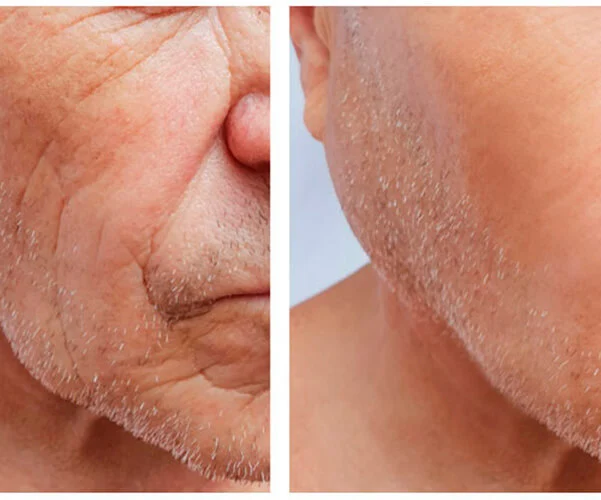What Does Collagen Do for Your Face?
By Dr. Stephen Cosentino
PRESIDENT OF EMPIRE MEDICAL TRAINING
Collagen is a naturally occurring structural protein that’s found in the skin, bones, muscles, tendons, and other parts of the body. According to the Cleveland Clinic, it’s the most plentiful protein in the body, accounting for about 30% of the typical person’s protein mass.
But you shouldn’t take collagen for granted. Your natural collagen levels decline over time due to age. The effects of collagen loss are more noticeable in the face, where age-related volume loss can make us look older and more tired. Declining levels of collagen in the skin can decrease skin elasticity and deepen the fine lines and wrinkles that also come with age.
Collagen for the Face: What Does It Do?
It’s no wonder many anti-aging and skin health regimens include treatments that stimulate collagen synthesis, especially in the face. Collagen has several important benefits for the skin of your face:
- Supports the underlying structure of the skin
- Promotes skin cell health
- Helps fend off premature wrinkling and lining
- Supports skin hydration
How to Boost Collagen Levels in the Face
If you’re not satisfied with your facial volume, or you’re noticing loose, sagging, or lined skin in formerly taut parts of your face, it may be time to consider topical or injectable collagen treatment for your face.
Your doctor may recommend trying topical collagen-boosting treatments first. If those don’t work to your satisfaction, your next move is to schedule a consultation with a cosmetic medicine provider who offers injectable collagen treatments.
Topical Treatments for Collagen in the Face
Collagen supplements, collagen creams, and other topical skin products may promote the body’s natural production of collagen and elastin, another important structural protein found in the skin.
Anecdotal evidence suggests that retinoid/retinol creams, hyaluronic acid serums, and topical Vitamin C boost the amino acids that form the building blocks of these proteins.
But topical treatments don’t stimulate collagen production as well as injectable alternatives like collagen-boosting fillers and non-filler collagen stimulators.
Collagen-Boosting Fillers
Collagen biostimulator fillers are dermal fillers that stimulate the production of collagen peptides in skin cells.
Two types of fillers are considered biostimulators: calcium hydroxylapatite (CaHa) and poly-L-lactic acid (PLLA). In the United States, they’re marketed under the Radiesse® and Sculptra® Aesthetic brand names, respectively. Their indications are different; for example, Radiesse is FDA-approved to treat facial volume loss (facial lipoatrophy) in HIV patients.
Note that even though hyaluronic acid is a key ingredient in some topical collagen stimulators, hyaluronic acid fillers aren’t considered biostimulators. They work by temporarily adding volume to the facial skin and lips rather than by increasing the body’s natural collagen production.
Both CaHa and PLLA fillers encourage the body to produce collagen in the treated area. They act as structural supports for the new material, like the studs in a building under construction. It takes several months for significant amounts of new collagen to emerge, but once in place, the material remains present for at least a year (and often longer than two years for PLLA fillers).
Non-Filler Collagen Stimulators
The most popular non-filler collagen stimulator is platelet-rich plasma (PRP), a serum made from your body’s own platelets.
One big advantage of PRP treatment is that it can be topical. It doesn’t need to be injected, as fillers do, although the PRP production process does require a blood draw and providers generally use a process known as microneedling to open up the facial skin. Anecdotal evidence suggests that PRP facials (also known as vampire facials) temporarily stimulate collagen production in the face.
PRP injections may be even more effective and long-lasting. The injection experience and post-treatment recovery process mirror collagen-boosting fillers’. In either case, be sure to work with a provider who has completed an accredited collagen-boosting biostimulator training course.


